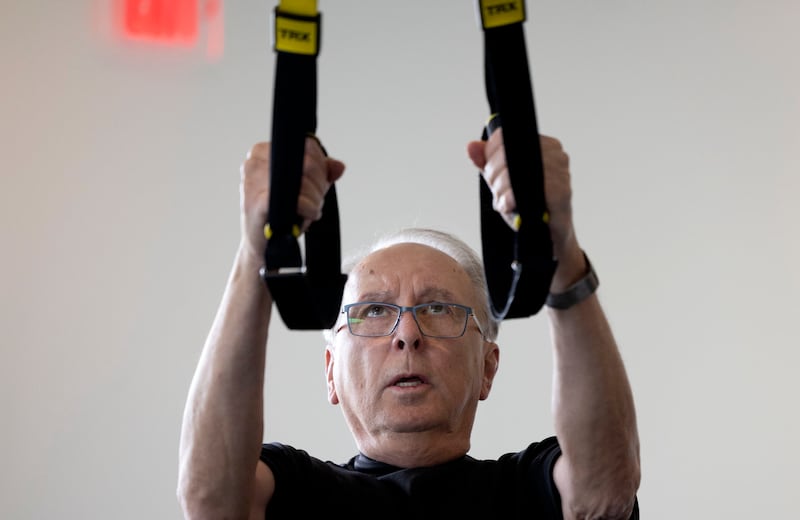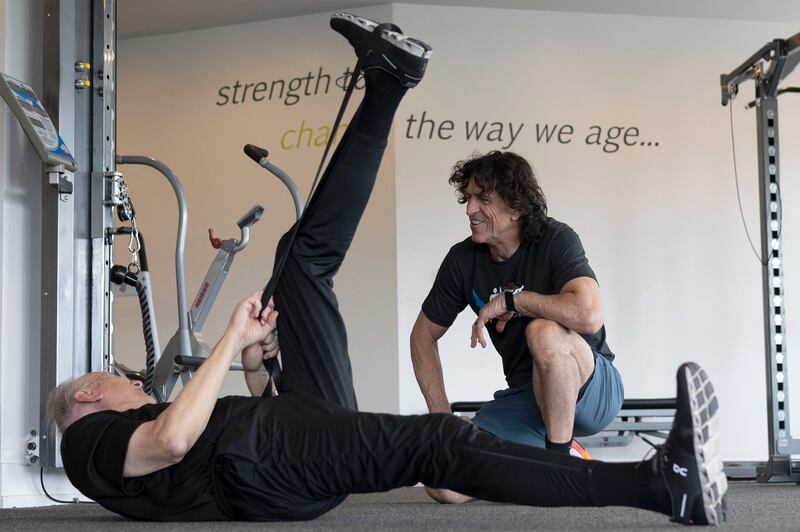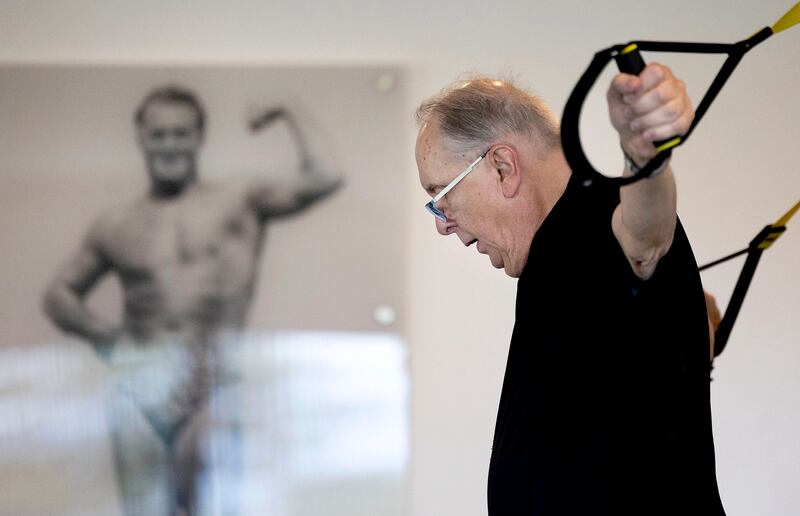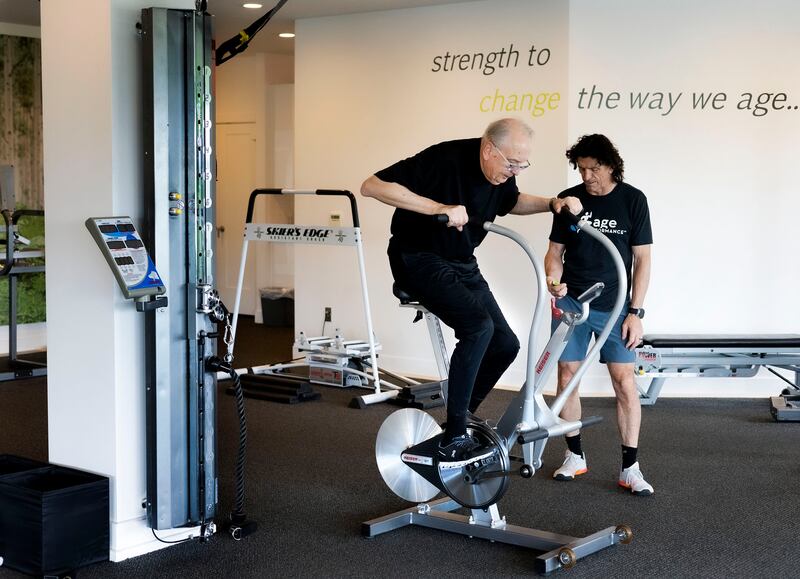While older adults often picture Florida as the perfect spot to retire, the Beehive State may deserve future consideration. That’s because Utah is the healthiest state in the nation for older Americans, according to the United Health Foundation’s 2023 Senior Report, released in May.
The 11th annual report analyzed 52 measures from 22 data sources to provide a portrait of the health and well-being of older adults across the United States. Five components — social and economic factors, physical environment, clinical care, behaviors and health outcomes — each with their own subcategories, were used to determine overall state rankings.
Rounding out the top five were New Hampshire, Colorado, Minnesota and Vermont. On the other end, Mississippi ranked last, followed by Louisiana, Kentucky, West Virginia and Oklahoma.
Nationally, the 2023 report found a continued rise in the early death rate among seniors, along with an increase in drug deaths. However, the number of geriatric providers and home health care workers per capita grew.

Where does Utah rank highly and why?
Utah’s landscape — complete with arches, canyons, mountains and more — doesn’t just look beautiful. It is a driving force behind the health of older adults.
There is a reason Utah has the lowest risk of social isolation in the country, with a physical inactivity rate nearly 7% below the U.S. value.
“If you compare Utah to some of our less healthy states, I guess you could call them, they’re more of your metropolitan states,” Nichole Shepard, program manager for the Healthy Aging Program at Utah’s Department of Health and Human Services, said.
There aren’t “concrete jungles” in Utah, she said. Instead, there’s more “opportunity for participating in physical activity and just simply being outside.”
In fact, the states with the five largest metropolitan areas in terms of population — New York, California, Illinois and Texas — do not crack the top 20. Take out New York, which ranks 22, and Illinois leads the pack at 32.
Utah also boasts the best rate of high-speed internet access in the nation and ranks first in volunteerism. That, along with the state’s low poverty and food insecurity rates, is a big reason Utah paced the nation in social and economic factors in this year’s report.
Additionally, only 4.0% of Utah adults ages 65 and older smoked, the best mark in the country, and 3.9% excessively drank.
Shepard also referenced Utah’s Healthy Aging Program, which offers evidence-based programming to help adults age well, as another contributor to the state’s overall health. It offers exercise classes and programs, often used at local senior centers, that address issues like fall prevention, chronic pain, diabetes and more.
However, as Dr. Megan Puckett, a geriatrician at the University of Utah, notes, seniors need help accessing the abundance of resources that the state provides.
“I found that the patients that are really successful and getting plugged into all the resources they need to age well, they have a care provider, like a child or a spouse or someone who is highly engaged and proactive in helping them with that,” she said. “Then there’s this other set of people that don’t have that kind of person … and they end up falling through the cracks a bit.”

In which areas can Utah improve?
Though Utah’s natural environment contributes to its residents’ physical health, mental health is another story.
Utah has a high suicide rate — 19.1 deaths per 100,000 adults ages 65 and older, to be exact — and researchers think high altitude could be one contributing factor. One study, available on the National Library of Medicine website, found “moving from low to high altitude is associated with increasing symptoms of depression, anxiety, and suicidal ideation.”
Anne Asman, the program manager for the geriatric psychiatry clinic at the Huntsman Mental Health Institute, says this phenomenon has been proven countless times in mountainous regions throughout the world. But why?
“Because there’s less oxygen,” Asman said. “Oxygen is a very important part of the body, the brain, everything else, and with less of it, people who are more prone to being depressed and having that particular illness … it can become very severe.”
When it comes to seniors, depression is even more dire. Adults 85 and older had the highest suicide rates out of any age group in the U.S. in 2021, according to the Centers for Disease Control and Prevention, followed by the 75-84 age group. Asman attributes this to a number of factors, including medication side effects, a lack of purpose and simply not seeking help.
“(Seniors) don’t go to the doctor’s to get help when they are depressed, and they don’t recognize it as depression,” Asman said. “Many of them are single and have lost their loved one … it really becomes (an issue of) purpose in life and a lack of seeking help.”
Diagnostic screenings can help identify mental health issues early and save lives, but Asman says most older adults don’t get tested until after they are released from the hospital. Annual screenings are key to curbing high suicide rates, as well as helping seniors continue to find meaning in life.
“I think that keeping older adults engaged, keeping them with a purpose in life … not throwing them away, but embracing them as older adults, utilizing and respecting them for what they have to offer, I think, will make a big difference in their mental health,” Asman said.
In addition to mental health, Utah’s low geriatric care provider rate, which ranked 39th in the nation, is another problem highlighted in the report. However, the issue is not exclusive to Utah. In 2023, 411 geriatric fellowship positions were offered, and only 43.1% of those were filled, according to the National Resident Matching Program.
“I think it’s just a workforce issue,” Puckett said. “I think there’s a lot of factors at play that disincentivize people to go into geriatrics, and that’s the biggest issue.”
However, institutions, like the University of Utah, are doing their part to change the trend by training the next generation of geriatricians through their own fellowship program. And Puckett is quick to point out that several graduates stay local, spreading their knowledge throughout the state. After all, she was one of them.
“I came here from Nebraska, like seven years ago, and did not intend to stay here,” she said. “I thought I was going to do my three-year medicine residency and be done, and I just can’t leave. I love it here. And I think that’s happened to a lot of people.”
Indeed, Utah’s population has grown by over 1 million since the turn of the century, according to data from the U.S. Census Bureau in May. The state is getting older, despite having the lowest median age in the country (31.3) in 2020, meaning senior health will only become more important in years to come.



